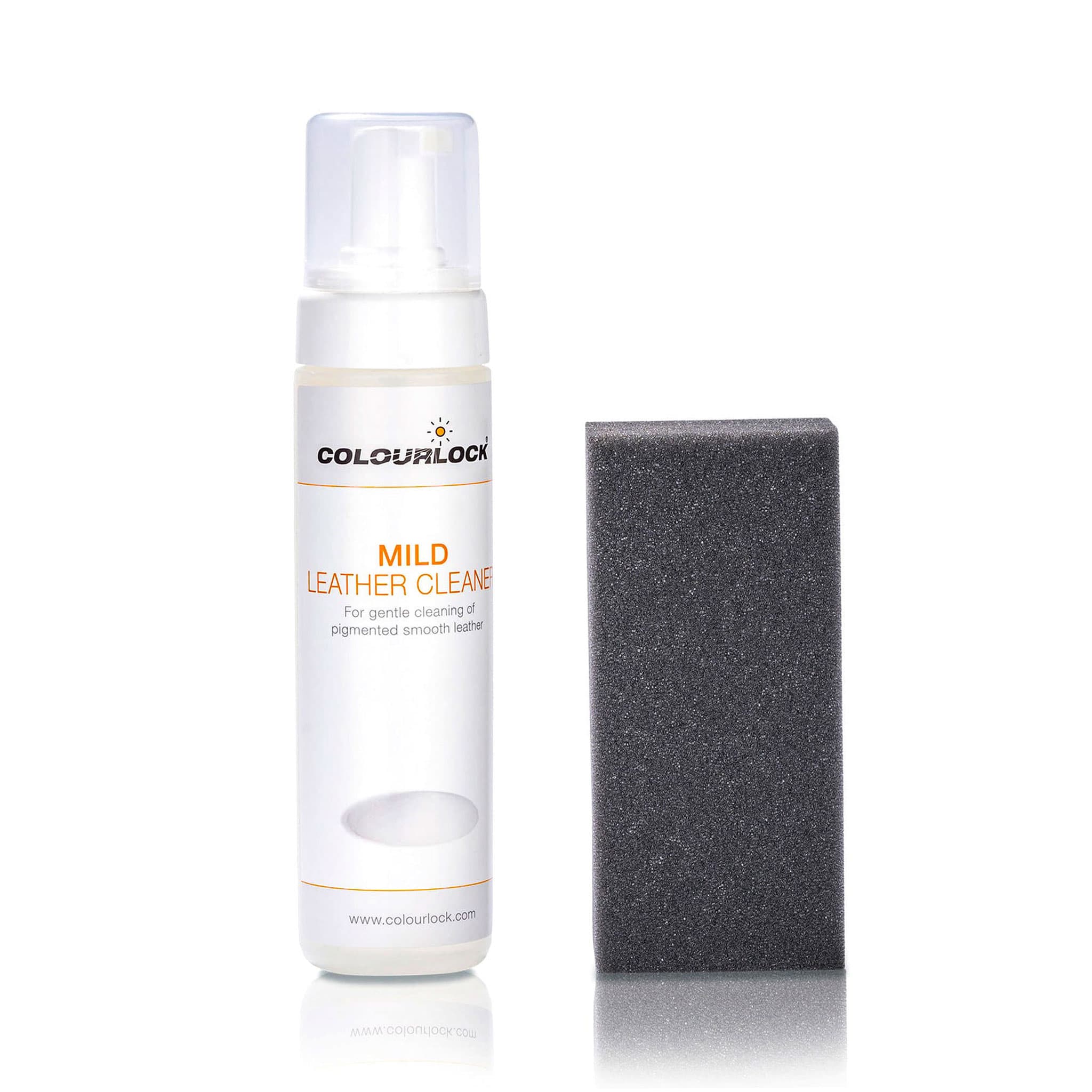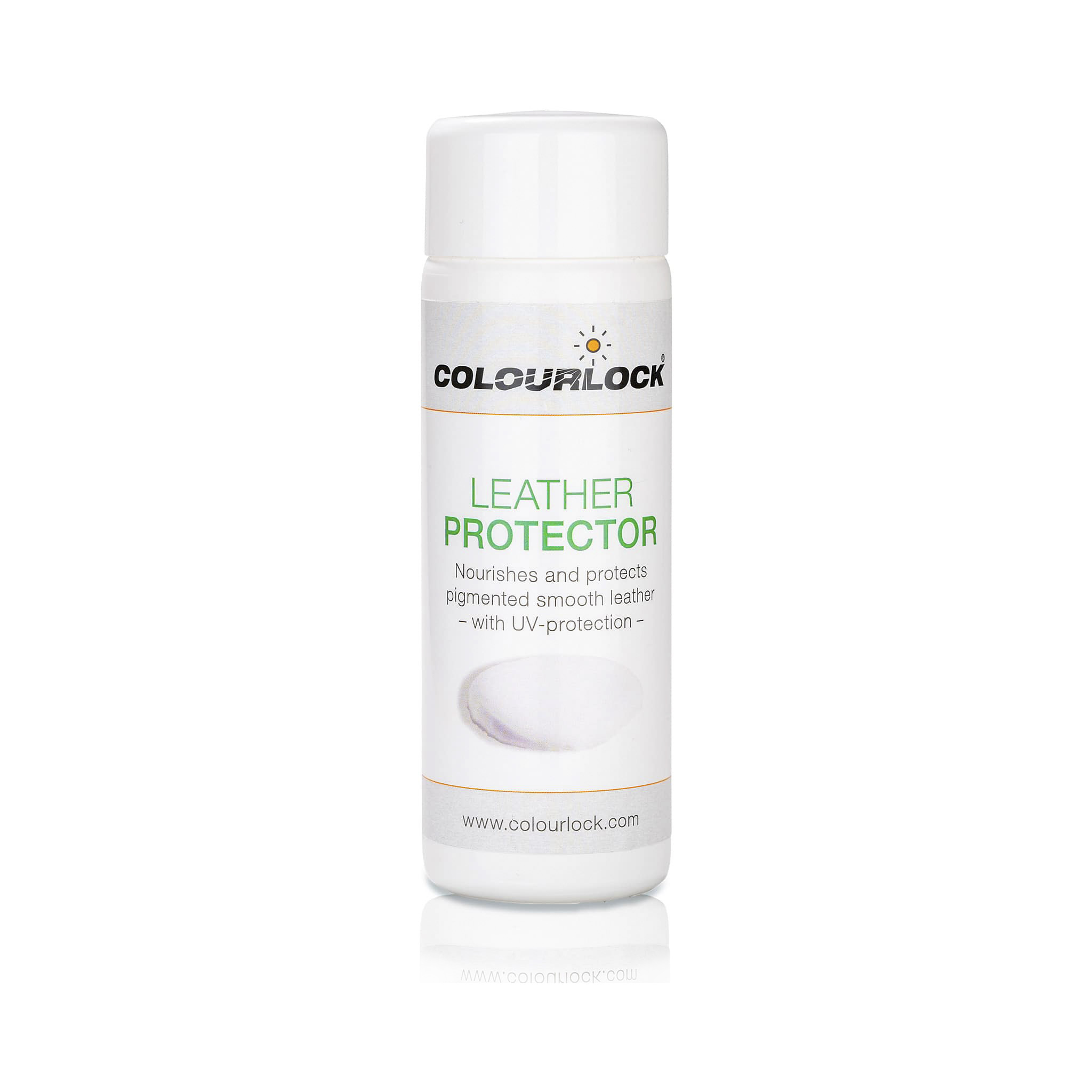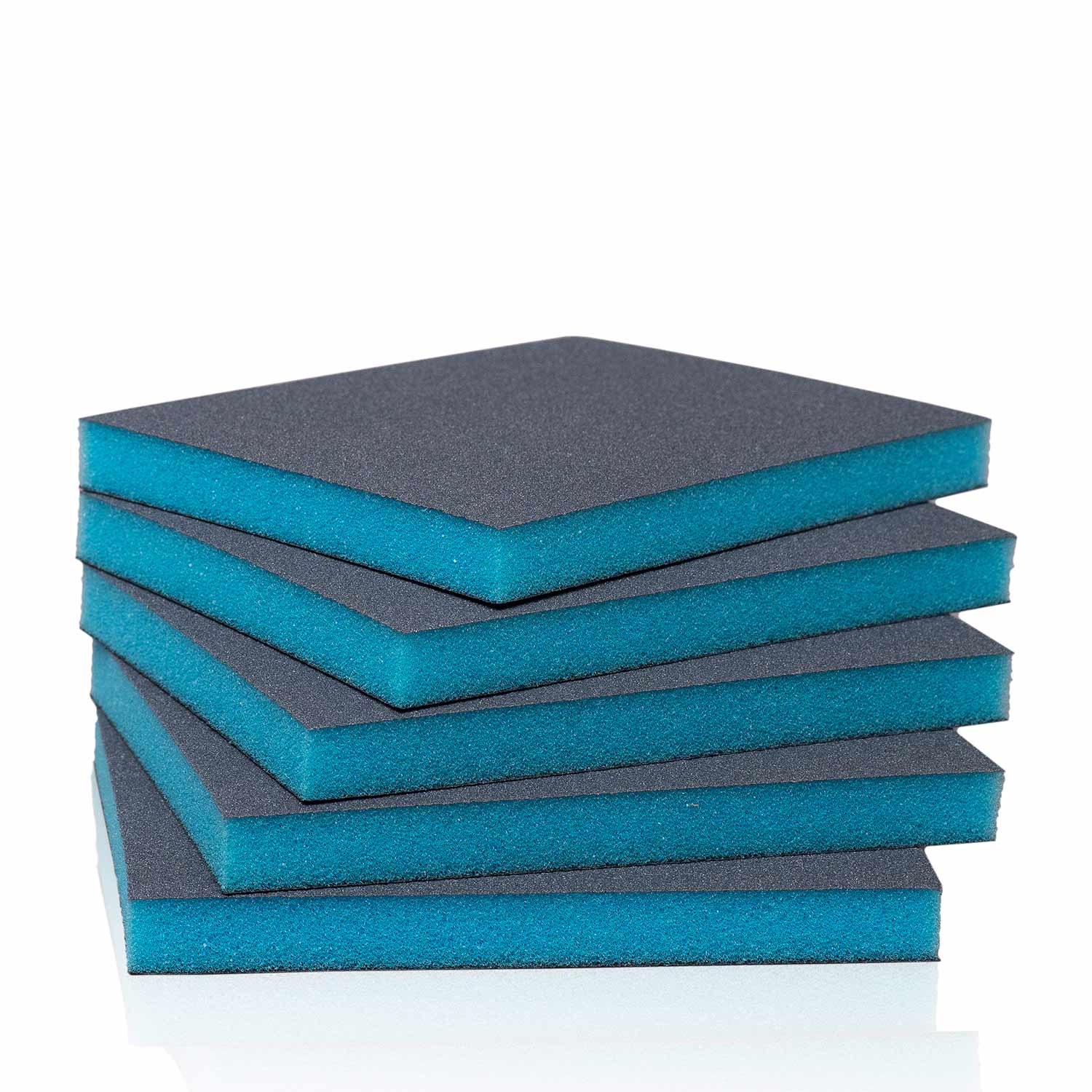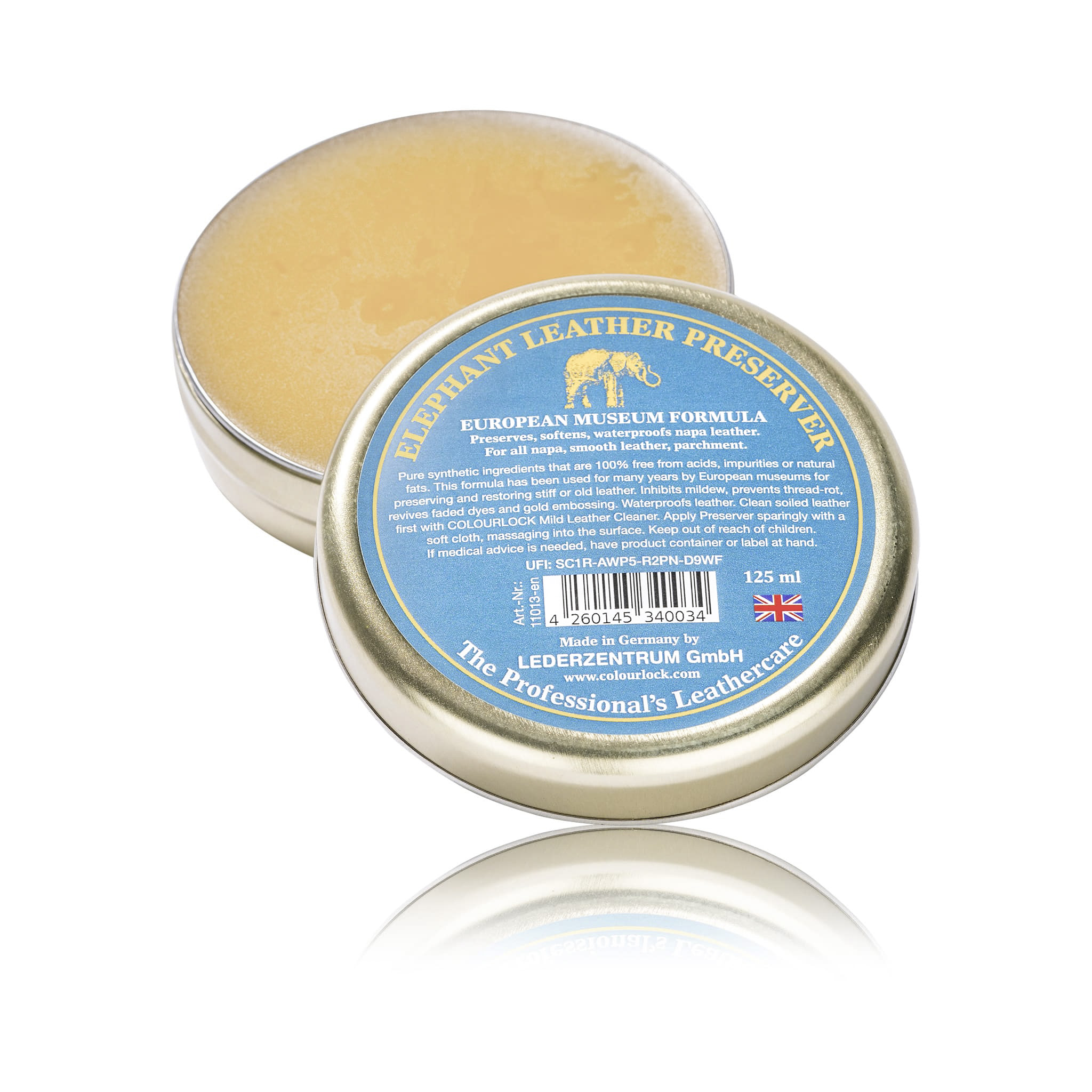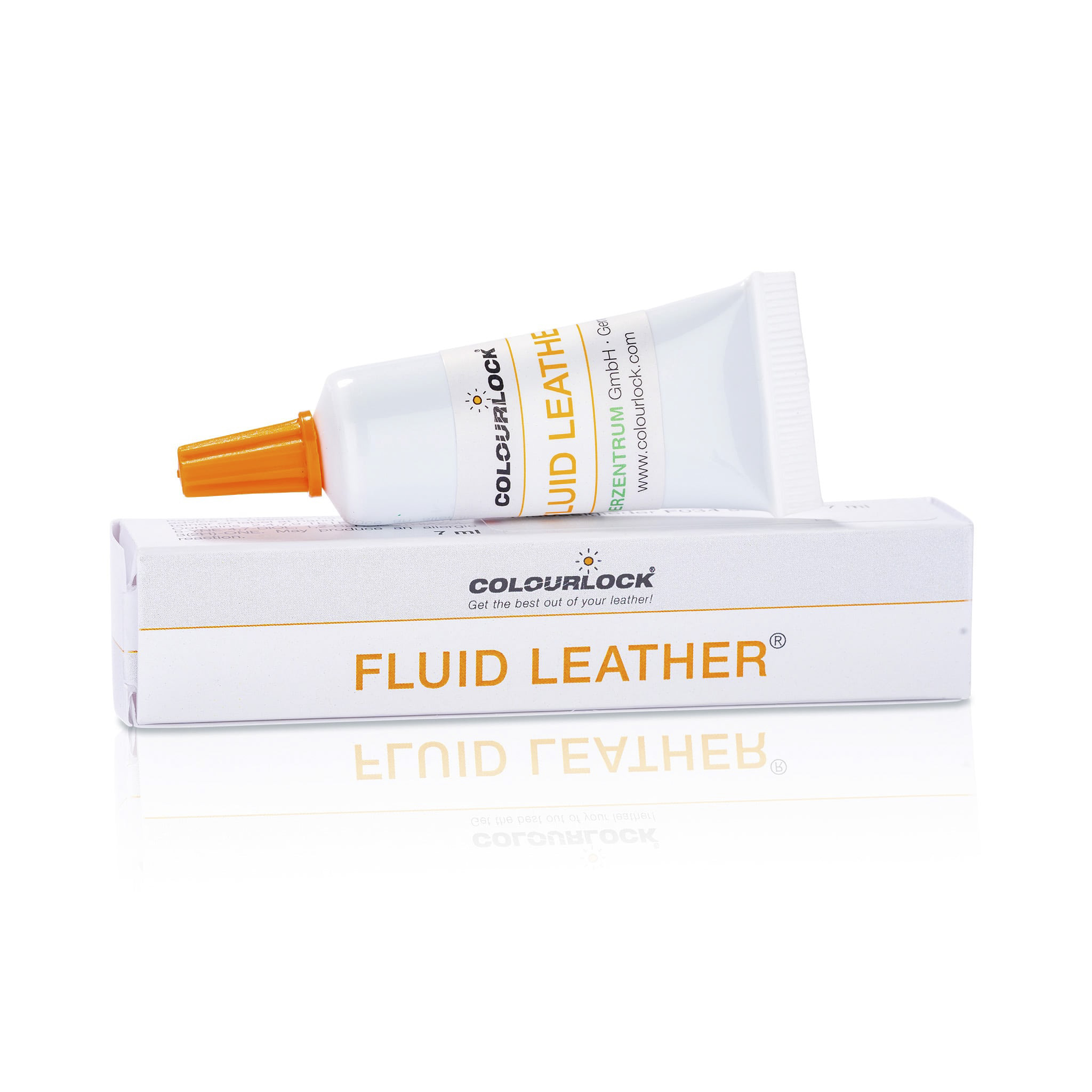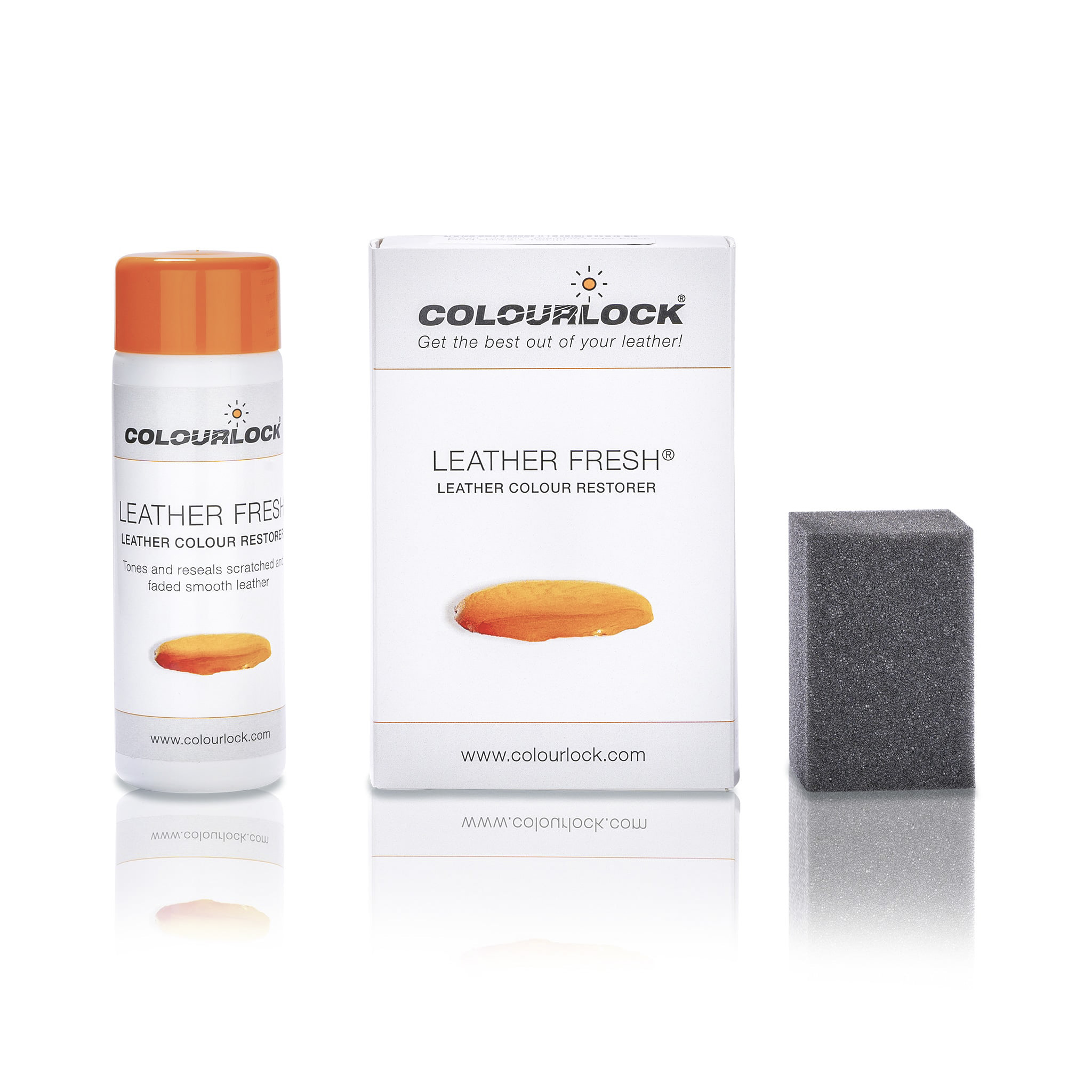How to treat antique leather & chesterfield sofas
Chesterfield sofas and antique leathers mostly tend to have a
two-tone patina. A darker but slightly transparent colour is applied on a
brighter underlying tone to generate the antique look.
CLEANING
Often Chesterfield sofas have draw buttons. Due to the design, the
button areas and folds in the surrounding areas collect dust. Such areas
can be cleaned with a vacuum cleaner and a soft brush.
Visible dirt can be removed with COLOURLOCK Mild Leather Cleaner.
On some leathers, the wiped-on patina colouration is sensitive to water
and might be removed when cleaning. These colourations are especially
sensitive in areas with hair and skin contact. Sweat softens the upper
layer of colouration making it sensitive. Always rub a tiny drop of
water and test the area first. Such sensitive areas can be cleaned with COLOURLOCK Leather Degreaser and sealed with COLOURLOCK Leather Fresh in a suitable colour.
REPAIR WORK
It is common for two-tone leathers that the darker upper layer of
colouration rubs of in the areas of use. Armrests and seats are mostly
affected. This can be renewed with COLOURLOCK Leather Fresh in a suitable shade. Black is most commonly used colour to create the patina effect. On shiny leather COLOURLOCK Leather Fresh black GLOSS may
be required. The leather Fresh is evenly applied with a sponge and
dried with a hair dryer. If too much is applied, remove excess with the COLOURLOCK Leather Sanding Pad.
Sanding will lighten the he higher areas of the grain and the depth of
the grain structure will remain dark. Always test this technique in a
hidden area. The application seems complicated, but it is actually very
easy to do. Please ask us if you need any help by emailing us on
info@colourlock.com.
On some shiny leathers, the gloss effect
in the used areas (armrests and seats) become dull over time. Such areas
should be cleaned with COLOURLOCK Degreaser and the gloss can be renewed with COLOURLOCK Leather Fresh Neutral GLOSS. Deeper scratches and cracks can be filled with COLOURLOCK Fluid Leather.
PROTECTING & CONDITIONING
Two tone leather with a matt finish should be sealed with COLOURLOCK Leather Shield. To nourish and conserve old and dry leather, COLOURLOCK Leather Protector is the ideal care product. It contains oils and antioxidants prevent aging effects. For glossy leather, COLOURLOCK Elephant Leather Preserver is recommended. It keeps the leather soft and supple. It also prevents the
growth of mildew and is highly suitable for chesterfield sofas and
antique leather items.
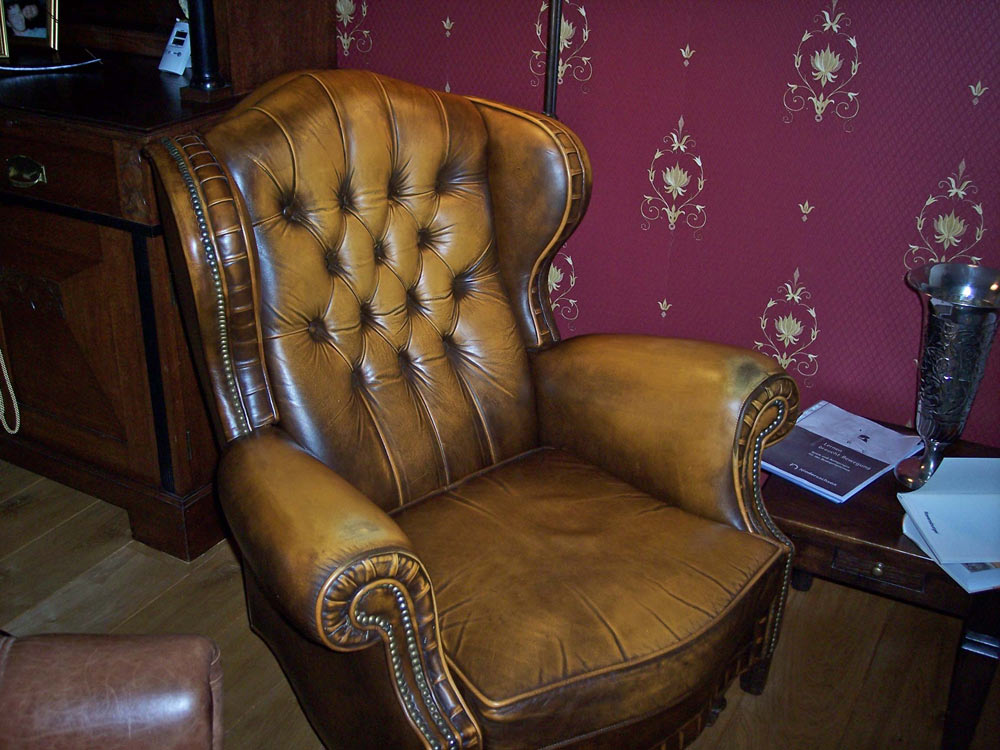



Recommended products

